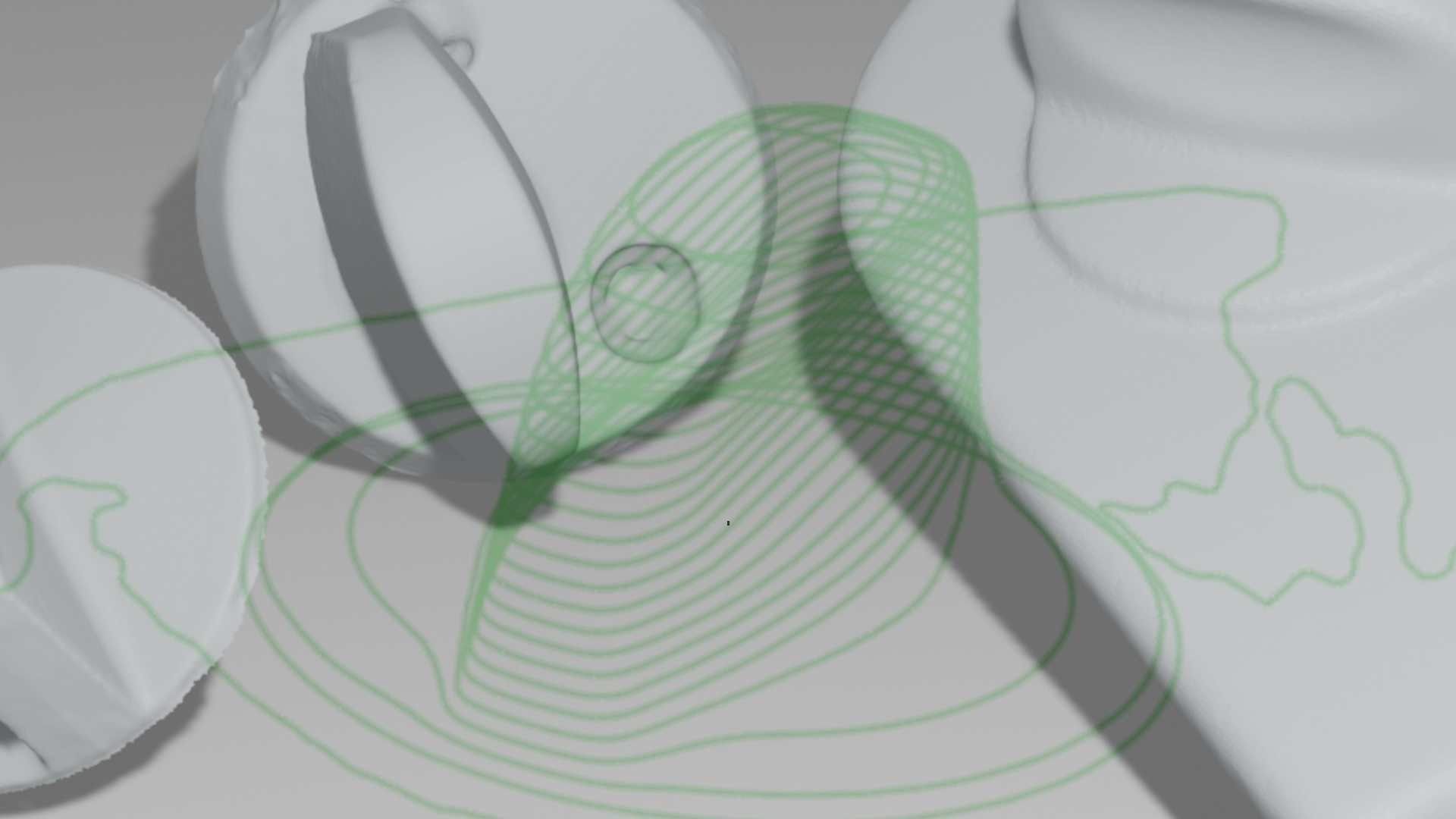We have had 3D scanning service here at Maker3D for well over five years now. The purpose of this series of articles is to present some of the typical applications for 3D scanning service by examining past projects.
Topics of this article series
- Scanning Assisted Designing
- Art
- Reverse Engineering
- Available Methods of 3D Scanning
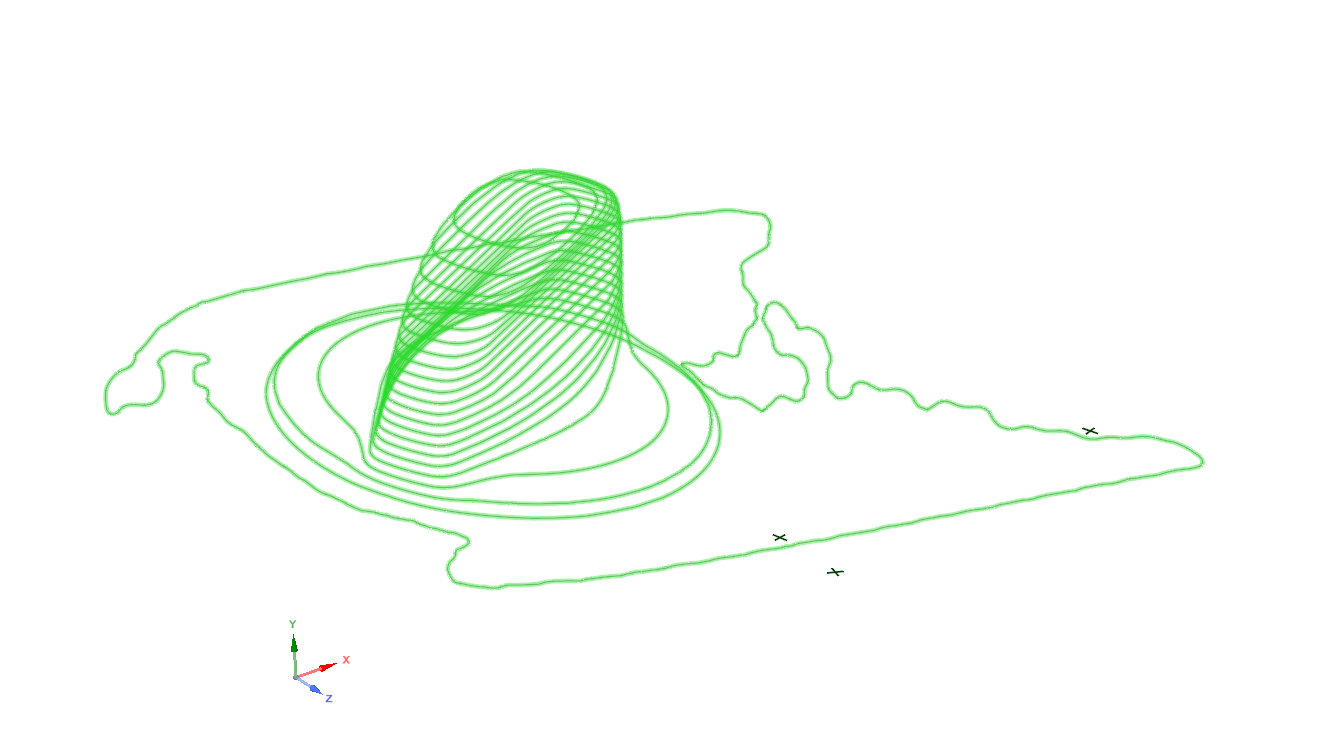
Picture 1. Curves extracted from the triangle mesh
3D Scanning as a Designing Tool
3D scanner, or Coordinate-measuring machine, is an excellent asset when the target object is difficult to measure. Manually measuring a curved surface is time-consuming at best and the result can be a far from desirable.
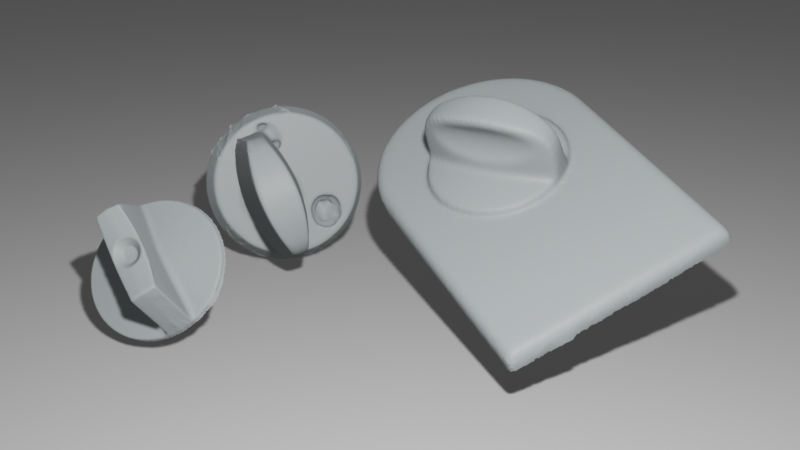
Picture 2. Scans of the knobs
Our client, Pindora, needed 3D scans from different kinds of lock knobs. Our client provided us with a bunch of locks that we then scanned. The data from our 3D scans was delivered in .stl file format to our client’s designer, who then used it to design a working adapter. Pictures 1 and 4, curves and surface extraction, respectively, illustrate how the 3D scanned data is used.
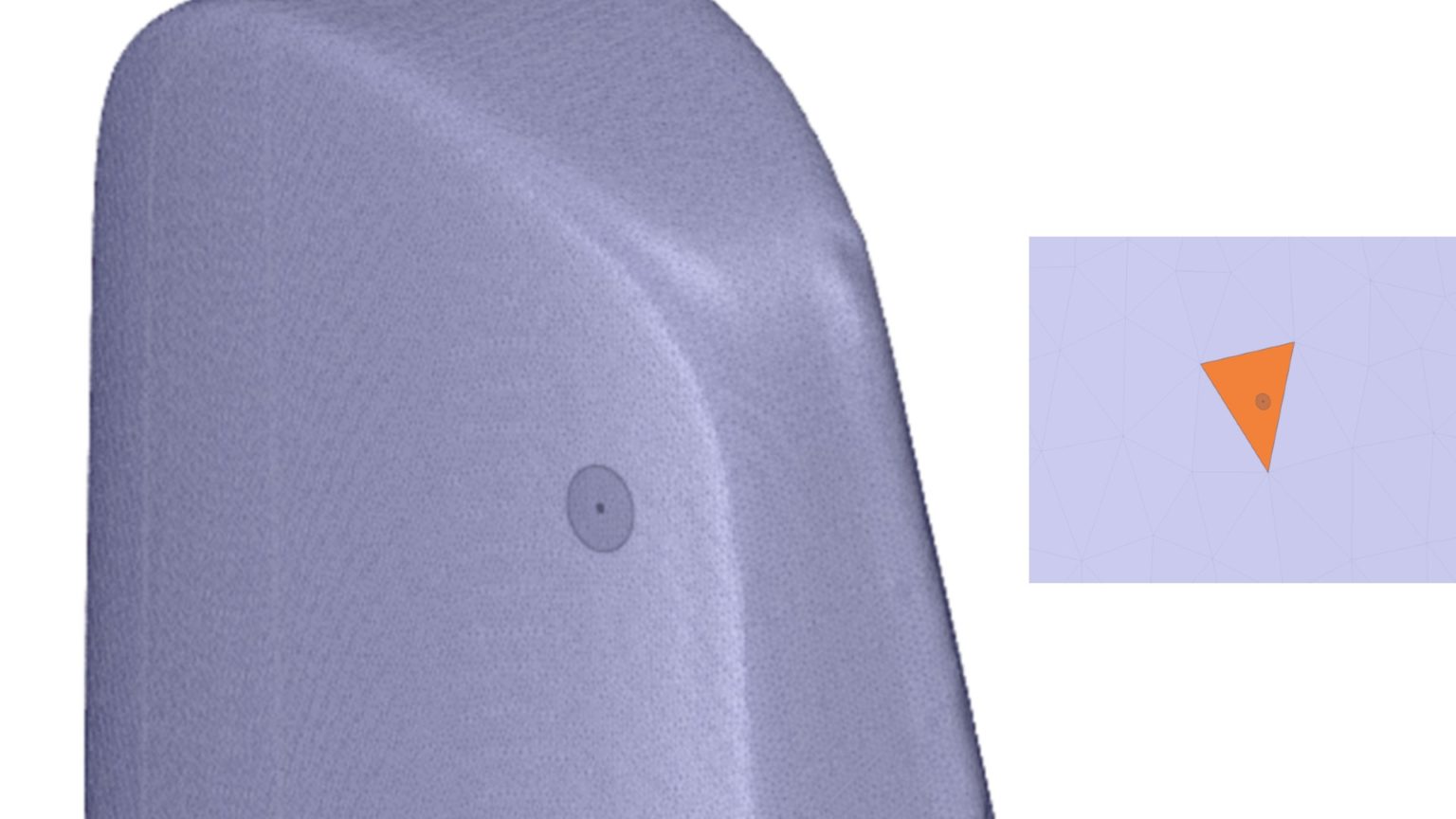
Picture 3. Scaled-down triangle mesh
3D scanning usually results in large files and it’s usually a good idea to reduce the number of triangles before continuing to the designing phase. In Picture 3, the file size has been scaled down to one fourth of the original, yet the individual triangles are barely distinguishable. We deliver both the original and scaled-down versions of the 3D scan data in .stl file format that most 3D modeling programs support.
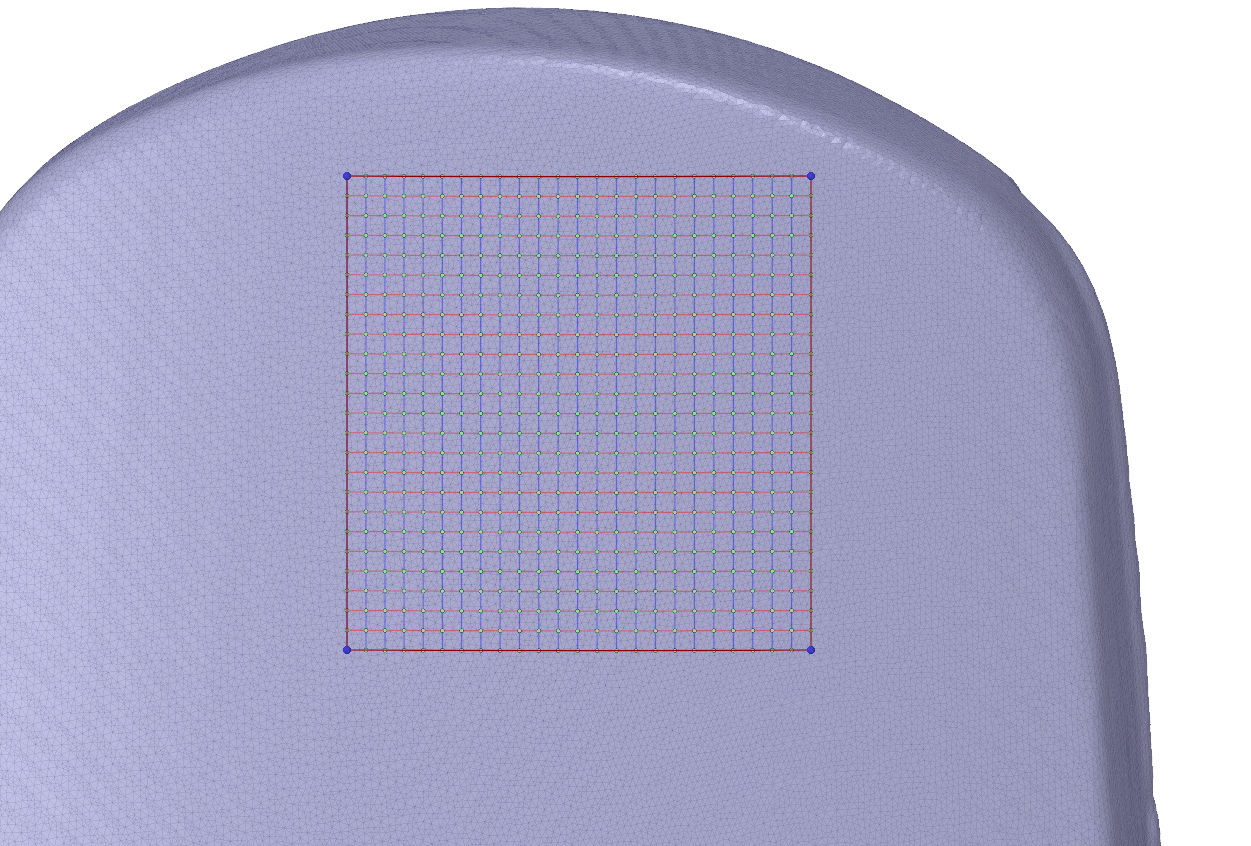
Picture 4. Extracting the Surface
The model can be postprocessed in several ways: For example, the .stl file can be used as a reference to model the actual design on top of it; the curves from a part of the model’s mesh can be extracted for postprocessing, as illustrated in Picture 1; or the surface of the model can be extracted and used as is. The best approach is always determined individually and usually 3D scanned measurements are augmented with measurements taken with a caliper.
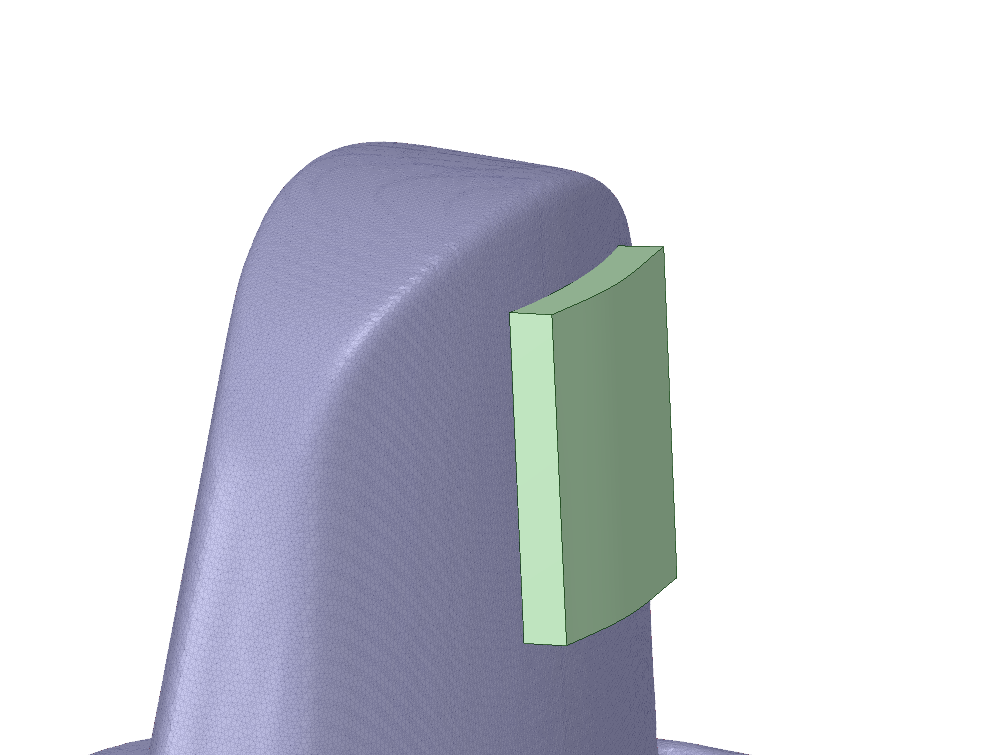
Picture 5. Extruded surface
About Pricing
Usually, 3D scanning and postprocessing at the office costs settle around €100–500 (VAT 0%), depending on the scope and difficulty of the project. 3D scanning can also be conducted on-site.
This article presented some approaches how 3D scanning can assist in the designing process. The next article consists of examples of how artists benefit from 3D scaning.
Do you need 3D scanning service? If so, please contact me directly.
Best Regards,

Peter Broberg
Designer – Maker3D
peter.broberg@maker3d.fi

